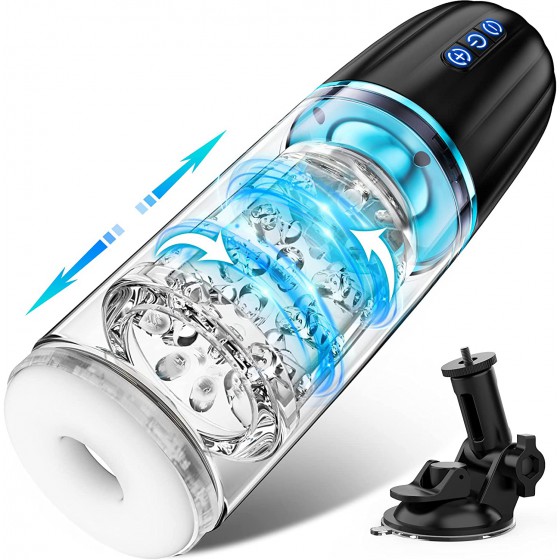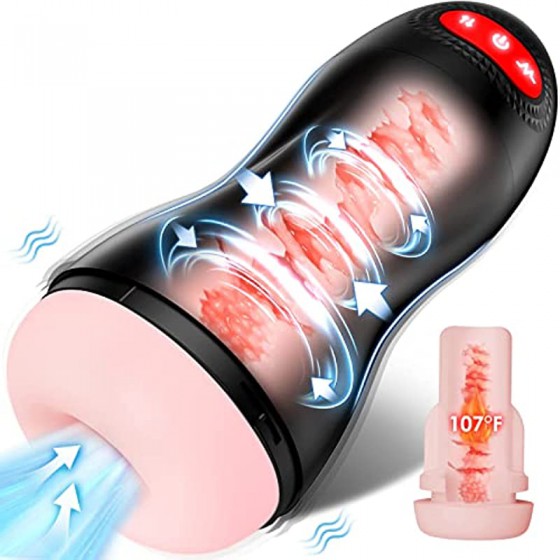IVF has higher live birth rate
In vitro fertilization has a higher live birth rate
A study reported at the annual meeting of the American Society for Reproductive Medicine (ASRM) showed that although many doctors recommend that infertility patients receive the stepwise superovulation regimen first, But for women aged 38-43, direct in vitro fertilization (IVF) treatment has higher pregnancy and live birth rates.
To determine the best treatment options for older women with unexplained infertility, Dr. Richard H. Reindollar, chief of obstetrics and gynecology at Dartmouth-Hitchcock Medical Center in New Hampshire, and colleagues conducted a 40-year study The Infertility Treatment Trial (FORT-T). The researchers randomly enrolled 154 patients and received 2 cycles of clomiphene/intrauterine insemination (CC/IUI), follicle-stimulating hormone/intrauterine insemination (FSH/IUI) or direct IVF treatment. The subjects were all couples who had failed to conceive for at least 6 months. They had not received reproductive treatment and had normal CC stimulation test results. They had no pelvic disease, acceptable ovarian reserve and normal menstrual cycles. The male partner's semen test results were normal. The average age of the CC group and IVF group was 40 years old, and that of the FSH group was 41 years old. About 1/5 of the subjects in each group were >41 years old; the proportions of no history of childbirth in the CC group, FSH group and IVF group were 67%, 79% and 69 respectively. %. More than 75% of the patients were white, and more than 80% had a history of oral contraceptive use. There was no significant difference in demographic data between the groups. The main study objective was to compare the effectiveness and overall benefit of the 2 treatment cycles.
The results showed that after 2 treatment cycles, 51 couples received 87 CC/IUI treatment cycles, 52 couples received 91 FSH/IUI treatment cycles, and 51 couples received 85 direct IVF treatment cycles. . The clinically confirmed pregnancy rates of each treatment cycle in the three groups were 7%, 8% and 25% respectively. The combined live birth rate of the CC/IUI group and FSH/IUI combination was 5% (9/178), while the IVF group was 15% ( 13/85). After 2 cycles of treatment, all couples received 4 cycles of IVF and were followed up until September 15, 2011. By the end of the study, the overall pregnancy rate was 46% (71/154). Although the pregnancy rates of the CC group and FSH group had a catching-up trend at the end of the trial, 70% of live births came from IVF patients, and the number of live births in those who initially received direct IVF treatment was significantly higher than those in those who initially received superovulation/IUI treatment.
Researchers pointed out that FSH/IUI treatment has received close attention in recent years, and the pregnancy rate is less than 10% and the high multiple pregnancy rate has been criticized. Previous randomized trials conducted by researchers have also shown that FSH/IUI does not provide additional benefits in terms of cost-effectiveness and time to live pregnancy in women under 40 years of age with unexplained infertility who receive 3 cycles of clomiphene and 6 cycles of IVF. (Fertil. Steril. 2010;94:888-99). Researchers suggest that for older couples who have failed to conceive within 6 months and are suitable for IVF treatment, IVF is the best choice if financial conditions permit.
The researchers plan to conduct further cost analysis on the above data to observe whether there are significant differences after stratified analysis of patient age (38 to 41 years old vs. 42 to 43 years old).
This study was funded by the National Institute of Child Health and Human Development, and the researchers have no conflicts of interest to disclose.
This article comes from adult.6kmall.com and is published by netizens. This site only quotes it for reference. It does not mean that this site agrees with the views of the article. If you believe that the content and intellectual property rights of this article infringe upon your interests, please contact us.













